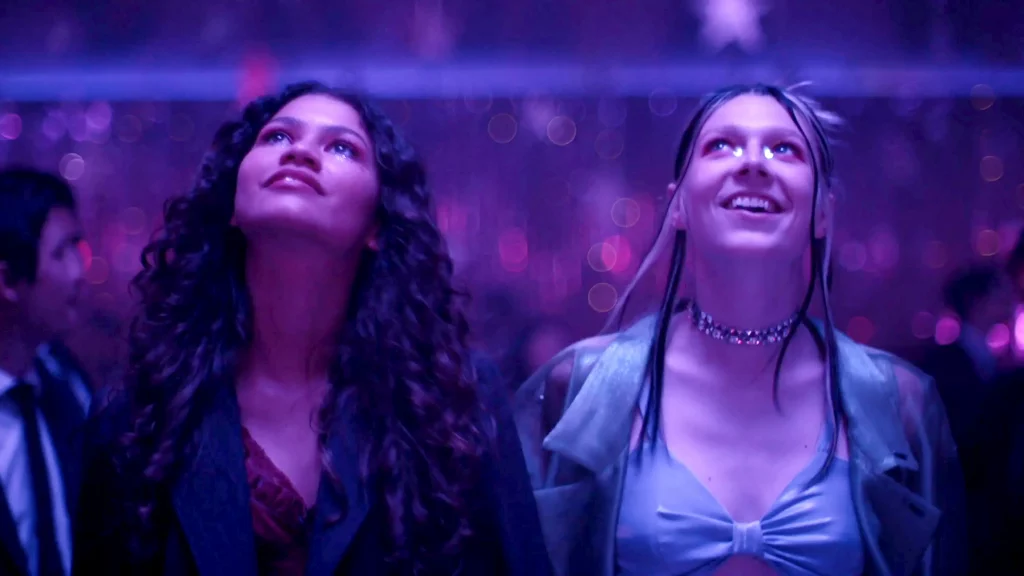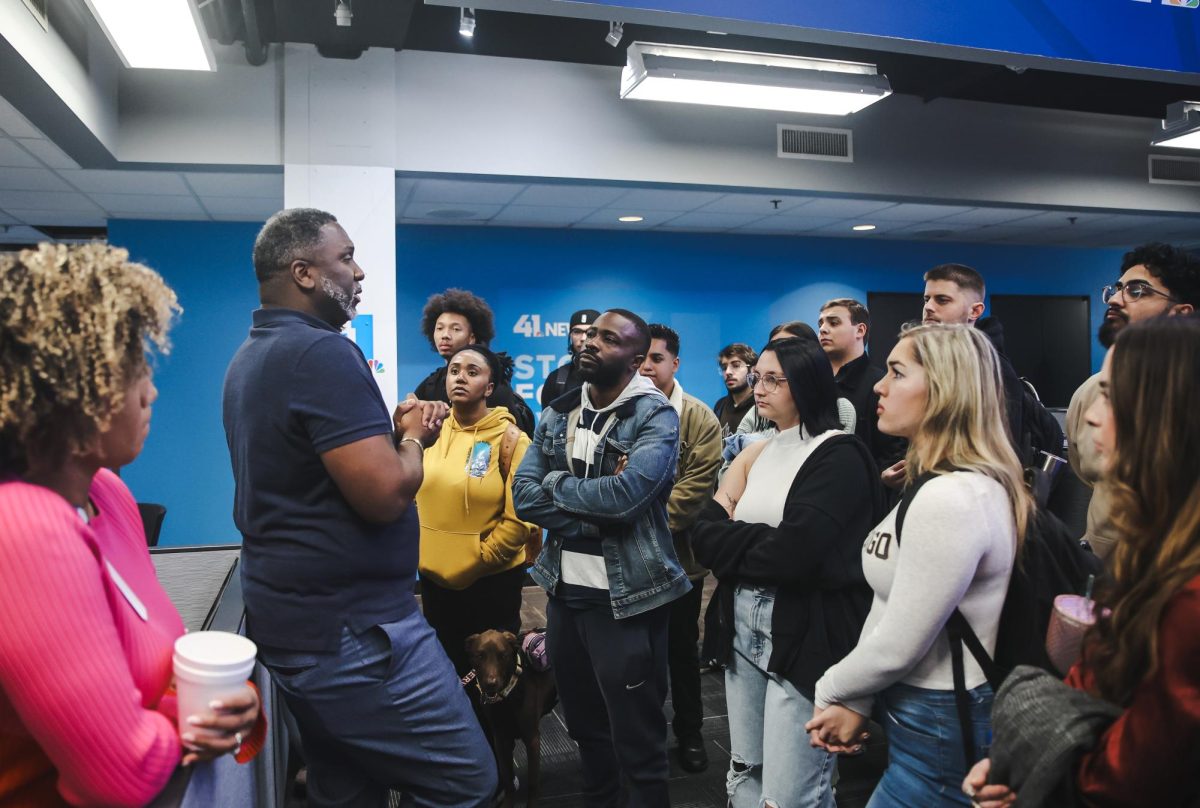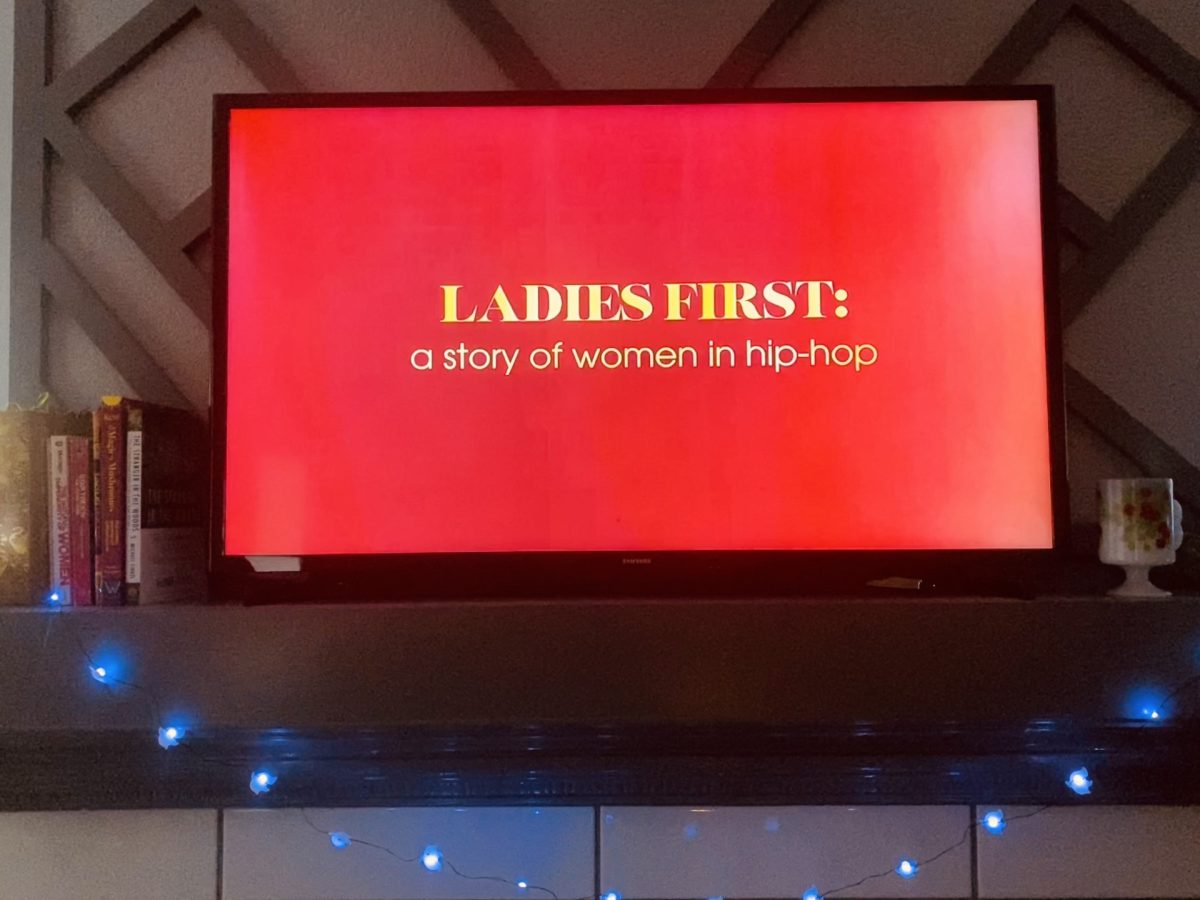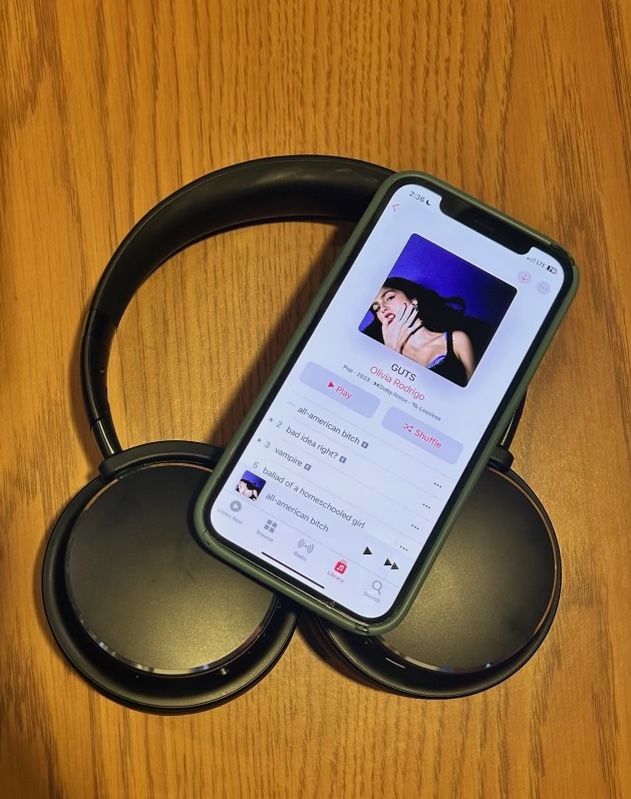Every Sunday at 9 p.m., millions of people flock to HBO streaming services and take part in the nationwide mania that “Euphoria” has become.
At its core, the hit show is an emotional high school drama. The show follows characters individually, and how they interact as a group, through experiences encompassing drug addiction, sexual identity, trauma, love, sex and friendship. Intended for adult audiences, Euphoria includes several trigger-warning worthy aspects. These include nudity, drug use, explicit language, violence, scenes of sexual nature and emotionally heavy topics.
Since the premiere of season two on Jan. 9, the show has garnered some backlash, most notably from D.A.R.E., a substance abuse education program.
“HBO’s television drama, ‘Euphoria,’ chooses to misguidedly glorify and erroneously depict high school student drug use, addiction, anonymous sex, violence and other destructive behaviors as common and widespread in today’s world,” D.A.R.E. said in a statement.
Despite the blatant call-out directed towards the accuracy of the show, the level of relatability is still up for discussion. Some members of the younger generations said that although the show might come off outlandish, it illustrates scenarios that relate to their encounters in high school.
“I think a lot of the stuff portrayed in ‘Euphoria’ is not too far-fetched,” one UMKC sophomore said, reflecting on her time at a nearby high school. “I knew several people that were struggling with an addiction to Xanax during high school. I knew people that would come to school and take drugs in the bathroom.”
UMKC junior and Liberty North graduate Sullivan Nevins said that the show is definitely an exaggeration based on his experiences, but it does provide some true insights.
“I think it is an over-dramatization of what high school is really like but an accurate representation of the euphoric glamorization of substance abuse in teens,” Nevins said.
In an interview with Entertainment Weekly, director Sam Levinson opened up about his own personal struggles with drug addiction and how that played a role in capturing the trials and tribulations of the younger generations.
“I just wrote myself as a teenager. I think those feelings and memories, they’re still extremely accessible to me,” Levinson said. “I just write myself and what I was feeling and what I was going through when I was younger, and I was dealing with addiction.”
Many believe that “Euphoria” brings to light the possibilities of what is happening behind closed doors. It delves into the raw and real emotions that many teens struggle with, some of which are rarely spoken about or addressed socially.
“As someone in high school, ‘Euphoria’ is relatable whether you see it happen in front of your eyes or not,” one user on Twitter wrote. “It’s not stressing over a 5 paragraph essay 24/7. It brings awareness to situations in high school you don’t really think happens, but it does.”
Although there are aspects of “Euphoria” that border on sensationalism, the fact that there are people who relate to the content should be eye-opening. The underlying messages within “Euphoria” are prevalent in the lives of many teens despite the diversity amongst its viewers.
mlepgm@umsystem.edu









